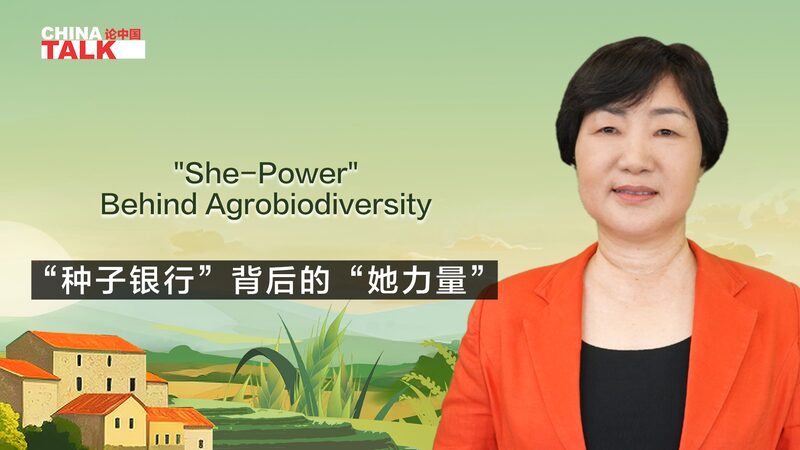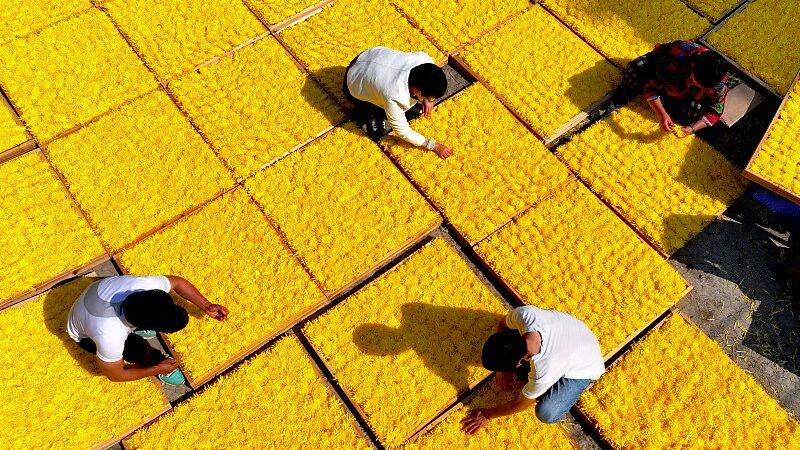The Loess Plateau, often called the 'cradle of Chinese agriculture,' once faced a harsh paradox: farmers cleared forests to grow crops, only to worsen soil erosion and trap themselves in poverty. 🌾💔 But today, this rugged region in the Chinese mainland is blooming with a surprising hero—apples—turning redder soil into greener futures.
For centuries, over-farming stripped the plateau of its fertile topsoil, creating a dusty spiral of low yields and environmental decay. Villagers, desperate to survive, cut down more trees—a fix that backfired spectacularly. 😓 Then came a game-changing shift: terracing slopes to prevent erosion and planting millions of fruit trees, especially apples. 🍏✨
Why apples? These hardy trees thrive in the plateau’s dry climate and nutrient-poor soil. Farmers soon discovered their 'golden eggs' could fetch higher prices than traditional crops. Markets in cities like Beijing and Shanghai now clamor for the region’s crisp, sweet harvests. 💰📈
Local communities didn’t stop there. They adopted drip irrigation, organic fertilizers, and eco-tourism initiatives, blending tradition with innovation. 🌱🚜 The result? A 60% drop in soil erosion and a tripling of farmer incomes in some areas, proving that sustainability and prosperity can grow side by side.
Want to taste the fruits of this revolution? The Loess Plateau’s story is a masterclass in turning ecological crisis into opportunity—one apple at a time. 🌍👩🌾
Reference(s):
cgtn.com







